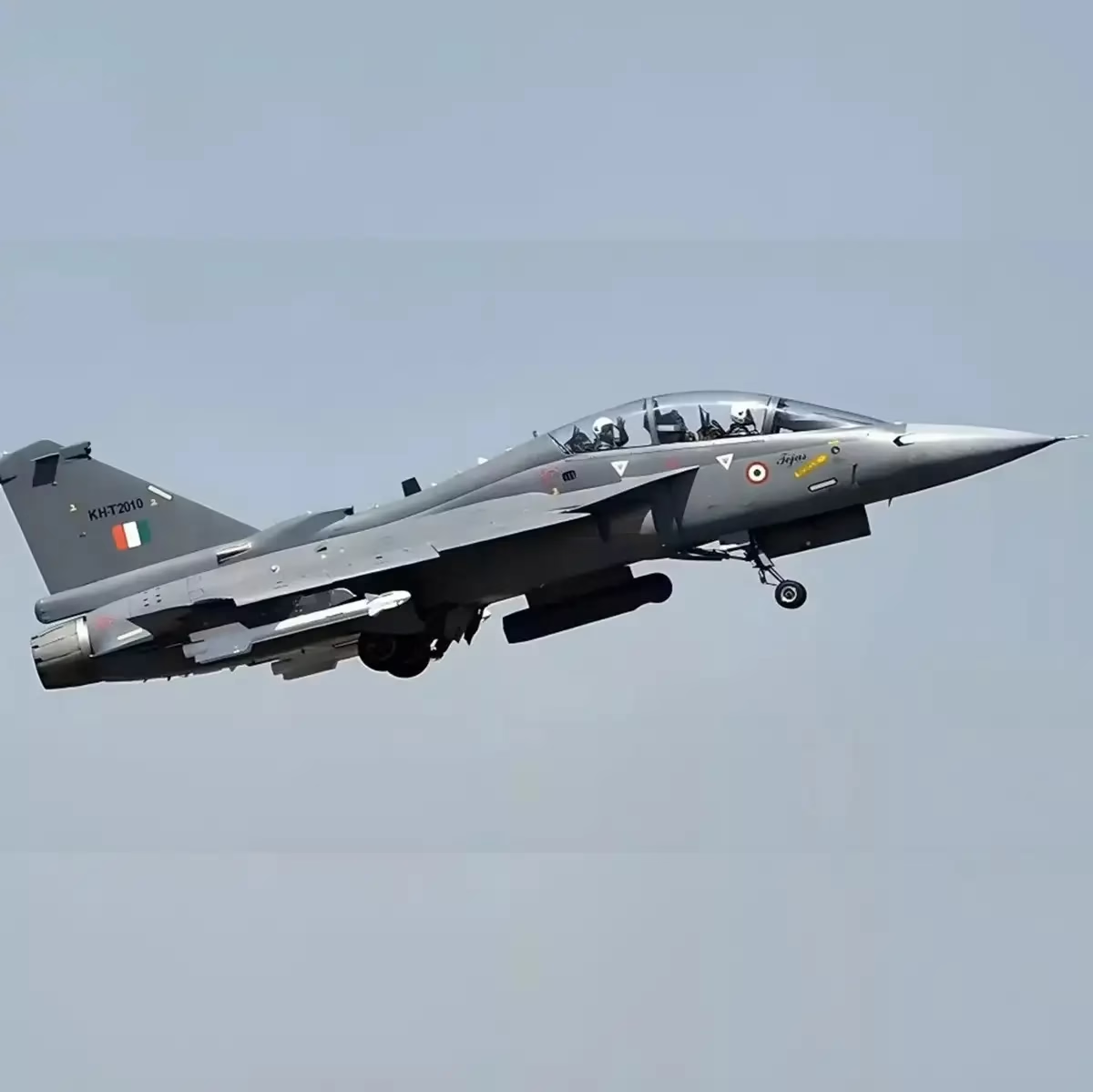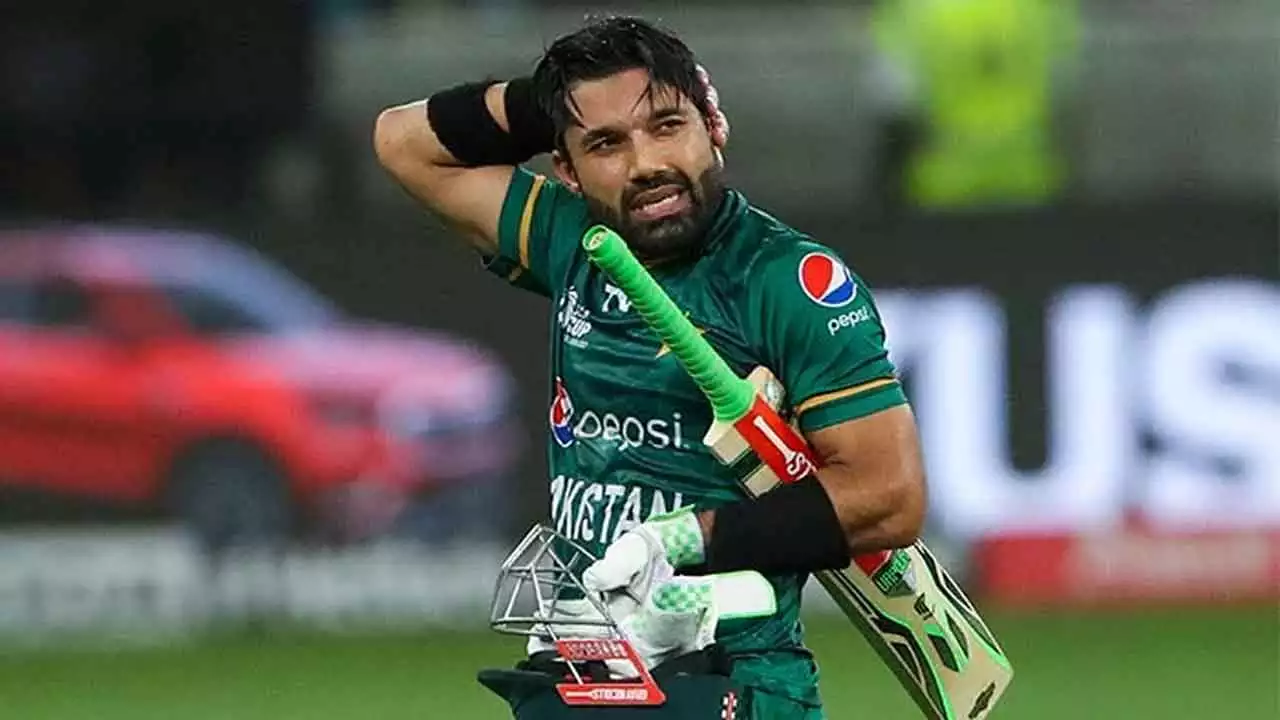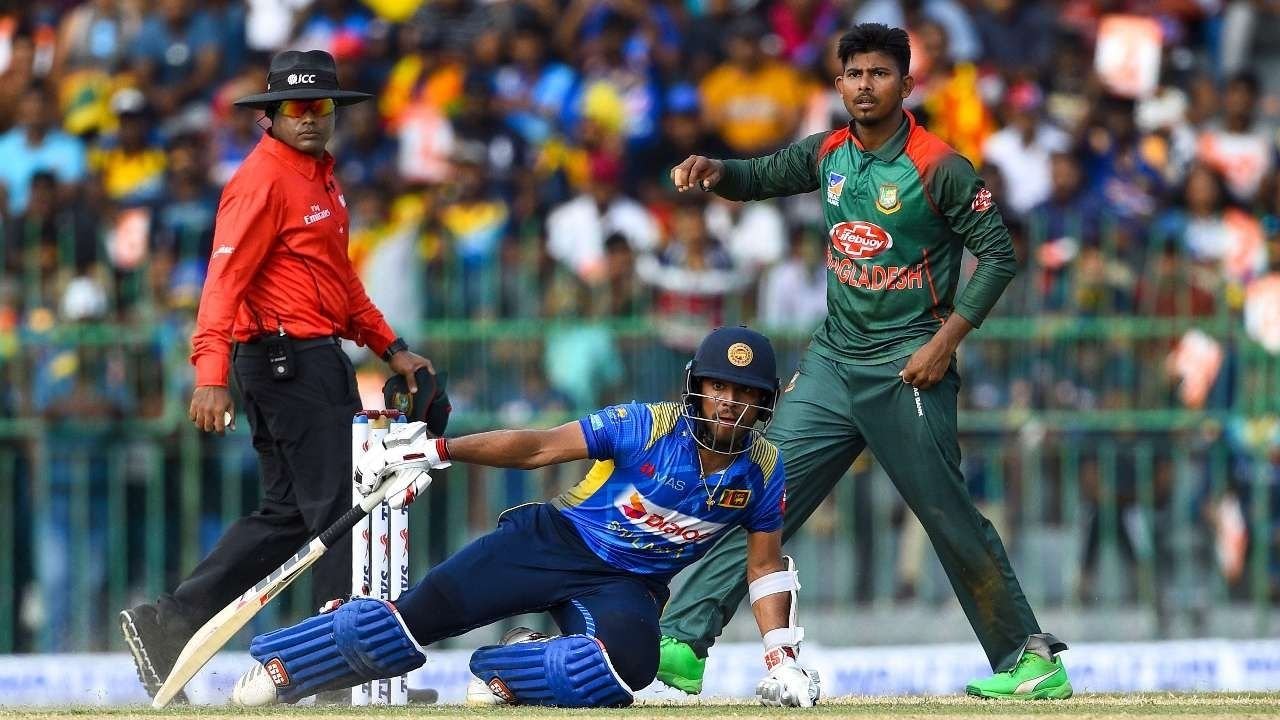India expects to spend around ₹654 billion ($7.44 billion) on procuring engines for its developing fighter aircraft fleet by 2035, according to estimates shared on Friday by S. V. Ramana Murthy, Director of the Gas Turbine Research Establishment (GTRE) — a state-run defence laboratory spearheading the indigenous engine development programme.
Murthy said the country will need approximately 1,100 engines to support multiple fighter jet programmes currently in various stages of development.
India’s long-running attempt to power its Tejas light combat jets with the home-grown Kaveri engine has faced persistent technical challenges and has yet to succeed.
“There is a need to work on a mission mode to create an ecosystem for indigenous fighter engines,” Murthy emphasized during an event in New Delhi, highlighting the urgent requirement for advanced infrastructure, including a high-altitude testing facility, and a stronger industrial base.
He added that a derivative of the Kaveri engine could be adapted for use in an indigenous unmanned combat aerial vehicle (UCAV).
Murthy is leading efforts to co-develop a new engine with an international partner to power India’s first fifth-generation stealth fighter jet. France’s Safran, Britain’s Rolls-Royce, and the U.S.-based General Electric have all expressed interest in collaborating.
A prototype of the fighter — called the Advanced Medium Combat Aircraft (AMCA) — is expected to be unveiled in 2028, according to Indian defence officials.
This will be the first fighter jet project where private companies will be allowed to bid, reducing reliance on state-owned Hindustan Aeronautics Ltd (HAL), which currently manufactures most of India’s military aircraft.
Prime Minister Narendra Modi’s government continues to push for greater self-reliance in defence manufacturing, encouraging global arms makers to establish production units in partnership with Indian firms.



